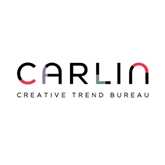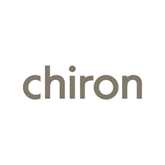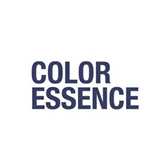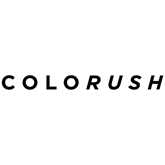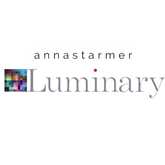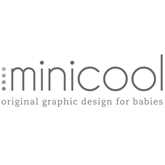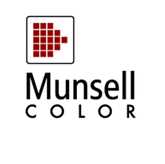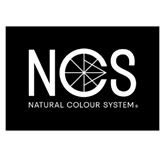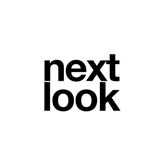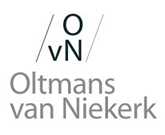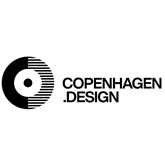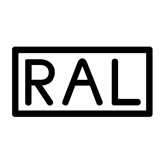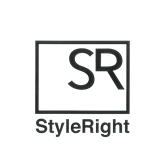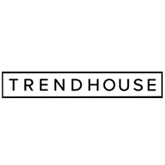- Register
- Log in
-
{{WishlistQuantity}}Wishlist
-
{{ShoppingCartQuantity}}Shopping Cart
You have no items in your shopping cart.
Close
-
Colour Systems
Colour Systems
- Colour Swatches
- Trends
- Seminars Events
- Colour Management
-
Brands
Brands
- Contact us
Menu
- Colour Systems
- Colour Swatches
- Trends
- Seminars Events
- Colour Management
-
Brands
- back
- 3House
- A+A Design Studio Milan
- Carlin
- Chiron
- Color Essence
- ColoRush
- d.cipher fm
- Fashionsnoops.com
- InMouv
- Luminary
- Minicool
- Munsell
- NCS
- Next Interior Trend
- Next Look
- OvN Oltmans van Niekerk
- PANTONE
- Pantone™ Collection
- RAL
- Scout
- Style Right
- Trend Bible
- Trendhouse
- Trendhub | BDA LDN
- View Publications
- X-Rite
- Contact us
We reserve the right to correct any errors, inaccuracies or omissions and to change or update information at any time without prior notice.
Opening hours
-
Opening hours: Weekdays 08:00 - 16:30 (Closed for lunch: 12.00-13.00)
Phone: +46 (0)31-1244 55/6
E-mail: info@colourhouse.se
Order via the website is always open and will be handled promptly!
My account
Customer service
About us
- About us
- Work with us
-
Follow us
 |
 |
 |
Copyright © 2025 ColourHouse. All rights reserved.
Colourhouse Newsletter
Sign up for ColourHouse newsletter
Newsletter
Wait...



